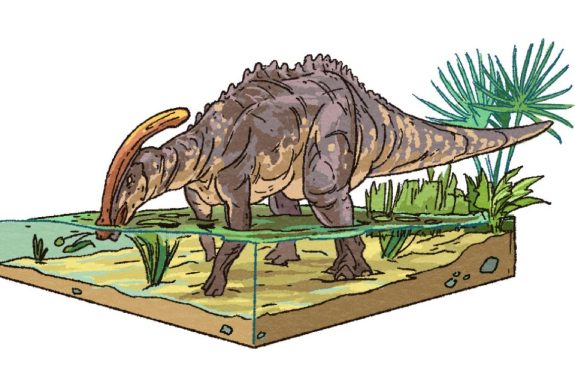What Foods Do Wasps Love? What Foods Do Wasps Hate?
With careful observations while watching wasps, you can discover their favorite foods and use that to make your picnics more pleasant.
Build A Model Dinosaur
Gather fossil evidence of natural history, physiology, and behavior to design and build a model dinosaur–then animate it!
The Nutrition Of Colorful Fruits And Vegetables
Investigate the relationship between the colors of fruits and vegetables, and the nutritional benefits they provide.
How Do You Search For Life In The Universe? Use Clues From Microbes!
How do scientists figure out where life can exist in the universe (places like Venus)? Use the microbes on Earth to piece together clues about the limits of life.
What Puzzle-Solving Crows Can Teach Us About Animal Intelligence
Why are crows considered intelligent? Use animal behavior and the design process to design a problem-solving test for chosen species.
What Can Hawaiian Shark-Toothed Weapons Tell Us About Sharks?
Examine Hawaiian shark-toothed weapons and learn about traditional Hawaiian beliefs that help build our ecological history of sharks.
Challenge: Simulate A Sneeze
Make sneeze art, and learn a bit about fluid dynamics in the process
Movement And Mutualism: Modeling Ecosystem Interactions
In this educational resource, students will use dance to represent ecosystem relationships.
Capture The Iridescence Of Camouflaging Cephalopod Skin
Explore the deep, color-changing iridophore and leucophore layers of cephalopod skin to see they use light to camouflage themselves.
Shell Shocked
Study gastropod shells to understand the evolutionary trade-off between the costs and benefits of building a shell for protection in this resource from Shape of Life









